Broken Forklift Batteries: Replace or Repair?
Is your industrial forklift battery in need of replacement or repair? Before you simply recycle the unit and buy new one, you might want to make a few simple checks to gauge the severity of the damage. If it's a minor repair, you can get the unit back up and running.
Here’s a quick checklist of battery maintenance items to help make this determination:
1. Check Cables and Connectors
Investigate the appearance of the top area of the battery as well as all the cables and connections. If possible, remove any accumulation of corrosion. (Conduct this check only while disconnected from the charging unit and the forklift) You can test connections by gently pulling on them and flexing the cable back and forth. If you have a loose connection, it may be possible to repair the unit quickly by replacing a contact or connector.
However, if the wires appear stiff or swollen at the battery connection points, this is a sign that replacement or repair may be necessary. Fusing or lead burning the cable terminations can be a potentially hazardous project requiring professional assistance.
2. Analyze the Voltage
Ordinary DC voltmeters can provide voltage readings, but only the crudest of cell indications. When measuring an entire row of cells, a difference of a volt or more may identify an issue with a cell within that row. To take things a step further, get a voltage reading under the load on a fully charged battery. For lift trucks, the mast must be tilted back against a stop to provide a short, but high-amperage load onto the battery. After doing so, observe the voltage results of each cell or group of cells. If any cells drop under 1.70 volts, they are suspect for problems.
3. Review Specific Gravity Levels
Another measurement of importance when determining the state of charge and the electrochemical health of the battery is the specific gravity level. A hydrometer provides these readings and helps identify cells that are falling out of line with the rest of the battery. Normal ranges are between 1.150 discharged and 1.290 when fully charged. If the meter shows a lower specific gravity than the others (usually around 25 points of difference) that showcases a failing unit that may need replaced.
4. Smell It
If you smell a strong hydrogen sulfide odor (resembles a rotten egg), that means the battery experienced damage beyond economical repair. This smell occurs if the unit has suffered some impact to the cell containers inside the unit, requiring professional assistance to fix it.
If you are not successful in determining the issue with your battery, the next step is conducting a complete capacity discharge test with a professional battery technician.



